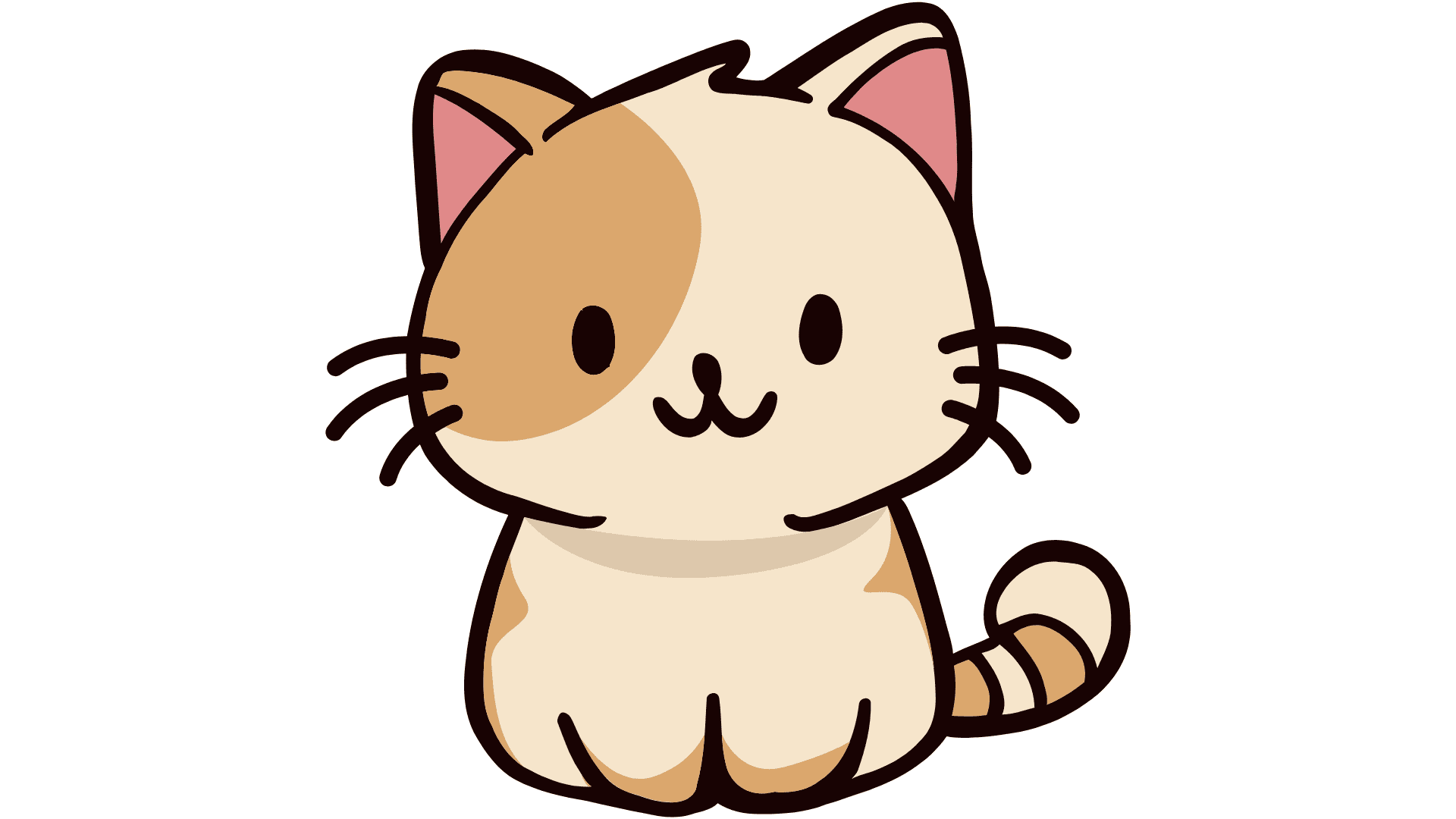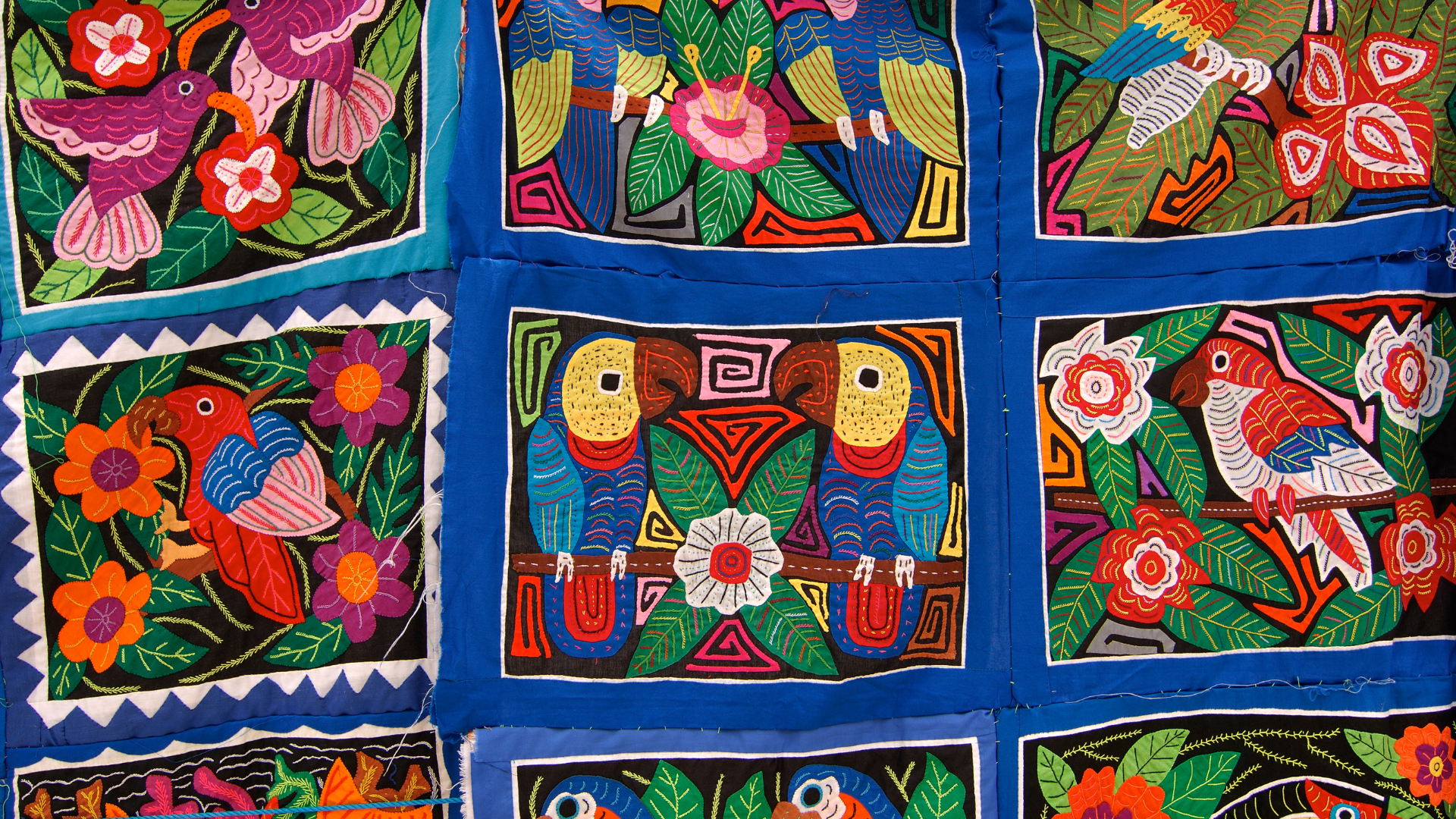Long ago and far away, I worked for a company that wanted to take its perfectly cute and googly icon, and change it into something sharp and angular and unapproachable.
I had started my big tech career working for a company that stood its ground behind Duke the Java Mascot, who was created by a guy who went on to work on Shrek, Over the Hedge, and Flushed Away. So you can see where I’m at with this. Tech can be scary; a cute, bouncy mascot helps drive adoption by being friend-shaped.
So obviously, I had Big Opinions(™) about tech mascots. And moving from a googly-eyed purple owl to … something else… made me sad. So I wrote this impassioned and research-backed cri di coeur, which failed miserably. But some day, you might be in a position to argue for more friend-shaped things in this world, and so… I offer you this research. Onwards!
____________________
The ProdEdu team would like to maintain use of the Owl in Training materials. Research shows that having a relatable, “cute” mascot actually helps the student’s concentration.
The “Cat Video” phenomenon
https://www.businessinsider.com/psychology-of-cat-videos-study-2015-6
Basically, Myrick’s research suggests that people watching cat videos are getting the digital version of a well-documented, thoroughly verified therapeutic technique — pet therapy. In a 2007 meta-analysis of 49 studies , psychologists found that animal-assisted therapy produces measurable effects with medical difficulties, behavioral problems, and emotional well-being.
https://www.sciencealert.com/watching-cat-videos-lowers-stress-and-makes-you-happy-study-reveals
Watching cute cat videos and looking at their online pictures may not be a waste of time. A new study has found doing so could boost energy levels and increase feelings of happiness.
Cuteness
https://www.abacademies.org/articles/amsjvol17no2-2013.pdf#page=93
In this research, we investigate which brand personalities affect consumer-brand relationships and brand attitudes. According to this research, sincere and cute brand personalities affect consumer-brand relationships (composed of brand trust and brand commitment) and brand attitudes positively. Strong and exciting brand personalities affect consumer-brand relationships and brand attitudes negatively. A sophisticated brand personality does not affect consumer-brand relationships and brand attitudes.
https://journals.plos.org/plosone/article?id=10.1371/journal.pone.0046362
In this study, three experiments were conducted to examine the effects of viewing cute images on subsequent task performance. In the first experiment, university students performed a fine motor dexterity task before and after viewing images of baby or adult animals. Performance indexed by the number of successful trials increased after viewing cute images (puppies and kittens; M ± SE = 43.9±10.3% improvement) more than after viewing images that were less cute (dogs and cats; 11.9±5.5% improvement). In the second experiment, this finding was replicated by using a non-motor visual search task. Performance improved more after viewing cute images (15.7±2.2% improvement) than after viewing less cute images (1.4±2.1% improvement). Viewing images of pleasant foods was ineffective in improving performance (1.2±2.1%). In the third experiment, participants performed a global–local letter task after viewing images of baby animals, adult animals, and neutral objects. In general, global features were processed faster than local features. However, this global precedence effect was reduced after viewing cute images. Results show that participants performed tasks requiring focused attention more carefully after viewing cute images. This is interpreted as the result of a narrowed attentional focus induced by the cuteness-triggered positive emotion that is associated with approach motivation and the tendency toward systematic processing.
“Cute” pictures of baby animals, including puppies and kittens, can have powerful effects on attention and concentration, psychological scientists at Hiroshima University in Japan have found. Actual study here: https://journals.plos.org/plosone/article?id=10.1371/journal.pone.0046362
https://www.frontiersin.org/articles/10.3389/fpsyg.2019.00387/full
We hypothesize that cuteness typically evokes kama muta, a social-relational emotion that in other contexts is often labeled in English as being moved or touched, heartwarming, nostalgia, patriotic feeling, being touched by the Spirit, the feels, etcetera. What evokes kama muta is sudden intensification of a communal sharing (CS) relationship, either CS between the person and another, or CS between observed others. In accord with kama muta theory, we hypothesize that a kama muta response to cuteness results from a sudden feeling of CS with the cute target. In colloquial terms, the perceiver adores the cute kittens and their heart goes out to them. When a person perceives cute targets interacting affectionately – that is, intensifying CS between them – this should strengthen a kama muta response.
https://www.duo.uio.no/handle/10852/57260
Study 2 found that the combination of cuteness and communal sharing interaction evoked significantly more kama muta than cuteness alone, as measured by bodily sensations (p = .005) and subjective feelings of being moved (p < .001).
https://www.tandfonline.com/doi/pdf/10.1080/09386491.1998.11827118
In other words, their essentially conservative display of social reality allows us to assume that if a social matter makes it into advertising, it is acceptable enough not to upset the audience, and if a social value figures prominently within advertising, it is of some consequence within the social environment. This is certainly the case for cuteness as a social value in Japan. Historically, the use of cuteness for marketing purposes in Japan is almost as old as Western-style marketing itself. The first signifiers of cuteness used for commercial purposes were company logos, some of which are still extant today
Present findings point to the importance of including higher level holistic perceptions of objects in consumer choice and decision making models. The same design may be perceived as cuter or less cute across different cultural contexts, and may also be evaluated more positively or less so by consumers. Depending on what products are being compared, the value of design cannot simply be predicted by one factor, such as gender, product category, or perceived attractiveness. Finally, this study demonstrates that cuteness behaves much like a standard attribute or dimension in choice. Cuteness can lead to standard choice effects, such as asymmetric dominance effects. Cuteness need not be thought of as a superfluous concept, but one that can be used creatively in design to promote consumer utility.
Salesforce
Some say this campaign doesn’t look like an enterprise software company, to which we say: good! We’re a different type of organization, grounded in our core values of trust, innovation, growth and equality. We’re also firmly grounded in the success of our customers — and we have fun while we’re doing it.



